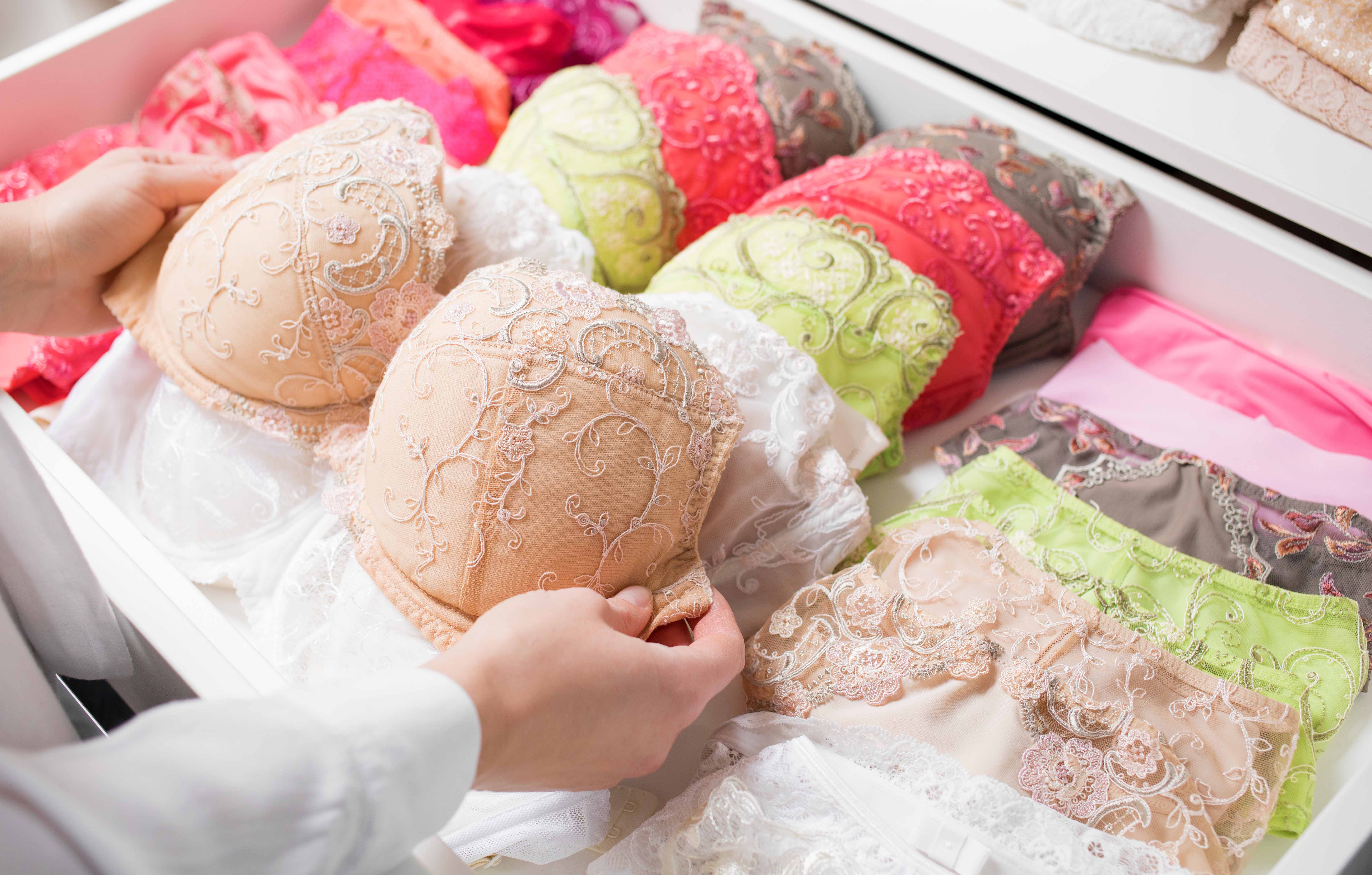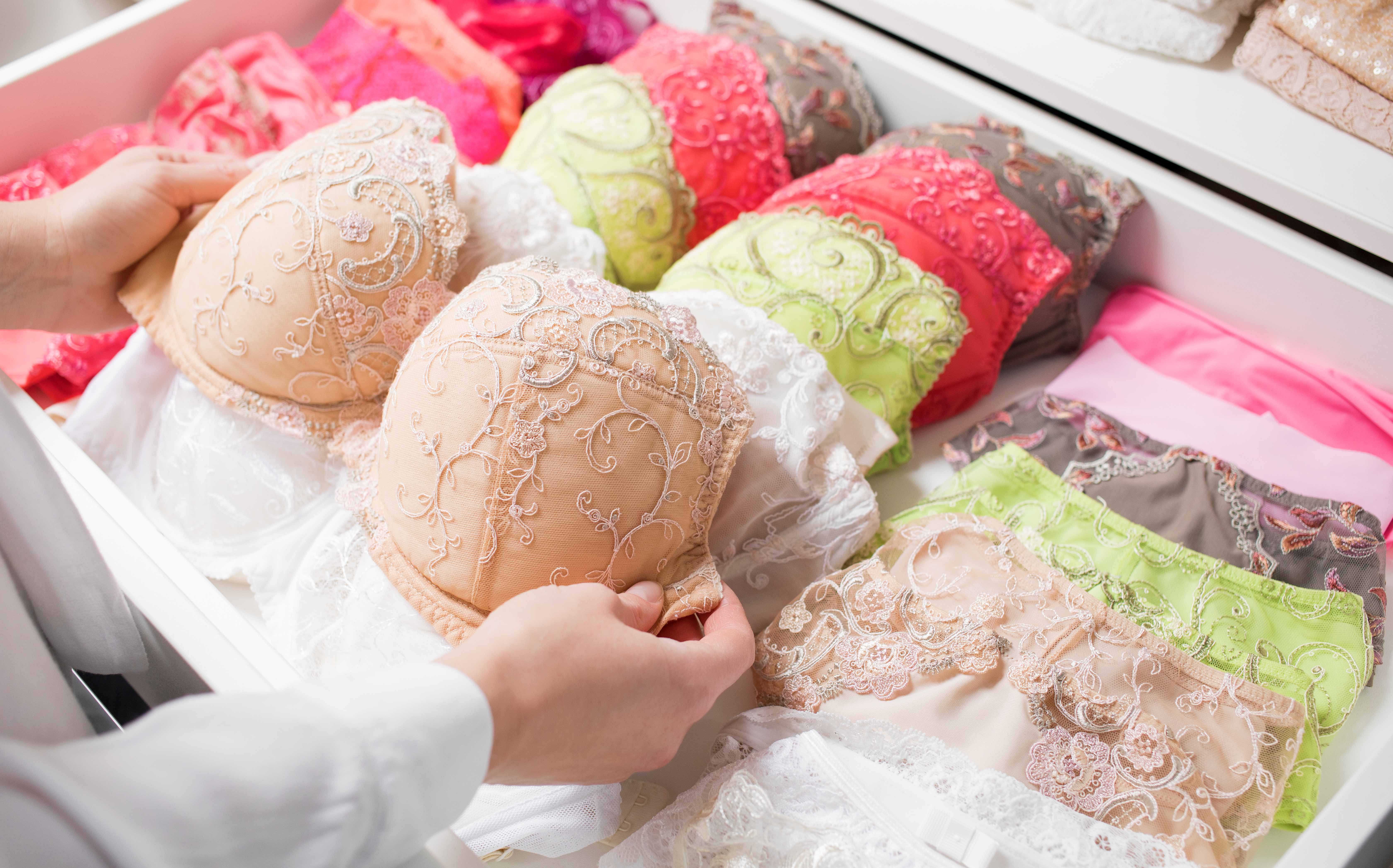How Weight Loss Affects Your Breasts


Ever since your mom gave you that book about puberty, you’ve known that everyone’s breasts are different. So it isn’t a shocker that breasts are affected by weight fluctuations and that how exactly they’re affected also varies from body to body. But while no two sets are alike, there are some general truths that apply to every pair.
Find out from the experts how weight changes can affect your breast size and shape, and what you can do if you’re bummed about your boobs.
How Weight Affects Breast Size
Weight loss or weight gain won’t dramatically affect cup size, says Daniel Maman, MD, a board-certified plastic surgeon in Manhattan who sees several patients for breast surgery every day. But it varies. For some women, gaining or losing 20 pounds will make them go up or down a cup size; for others, it’s more like 50 pounds.
So what’s going to happen to yours? You know your body, says Doris Day, MD, a New York City dermatologist and author of Beyond Beautiful. “Are your breasts the first place or the last place you lose weight?” Each person gains and loses weight more readily in different areas. Also, the composition of breasts isn’t uniform from person to person. “Breasts are made up of parenchyma [breast tissue], a layer of fat that varies in thickness, and skin,” explains Dr. Maman. “If your breasts are dense with tissue, you’re less likely to gain and lose weight there, as the breast tissue itself doesn’t fluctuate in size; if your breasts are more fatty, their size will change with your weight.” But the reality, he says, is that “large breasts will always be large, and small breasts will always be small.”
How Weight Loss Affects Breast Shape
Generally speaking, weight loss makes your breasts sag. Insert sad trombone noise here. David Shafer, MD, a board-certified plastic surgeon and breast surgery expert in New York City, offers up a helpful analogy: “Imagine a balloon that you blow up. If you let out just a little bit of the air, the balloon is still pretty firm. But when you let all the air out, the balloon is stretched out and saggy; it’s lost some of its ability to contract to its original shape.” Your breasts, he says, are just like balloons. Each time you inflate (gain weight) or deflate (lose weight) the skin around your breast tissue loses more of its elasticity, reducing its ability to contract to the new shape of your breast.
However, not all types of weight loss have the same effect. “Rapid weight loss is hardest on your breasts,” says Dr. Shafer. As your skin hurries to keep up with your quickly shrinking breasts, your collagen production is disrupted. That means you’re likely to end up with stretch marks and breasts that have a deflated appearance—emptier on top, fuller on the bottom, with the nipples pointing downward. A “starvation diet” compounds the problem: “Severe calorie restriction means that your skin isn’t getting the proper nourishment from your diet, making its quality even worse,” says Shafer. Yo-yo dieting is similarly damaging: “Every time you gain or lose, you’re weakening the integrity of the skin’s structure.” There is, however, one scenario in which your breasts don’t head so far south: “Slow, steady weight loss—maybe one or two pounds a week—with a program of good nutrition and exercise, gives your skin the chance to adjust to the changes,” says Dr. Shafer, so your breast skin’s integrity will be (forgive the pun) upheld.
What’s the Solution?
If the thought—or reality—of your breasts losing their shape is bothering you, don’t feel deflated! There are loads of options to give your girls a lift. The right bra can make all the difference in the world; a little padding in the lower portion of your cup makes your breasts look rounder on top. And a bra that fits correctly can instantly make you look slimmer, too, so it might be time to re-measure and try on a few new styles and sizes.
Since the breakdown of skin-supporting collagen and elastin are at the root of weight loss-induced droop, treatments that improve your skin’s production of those two proteins will make your breasts look perkier, says Dr. Day, who’s seen improvement from retinol-based body creams, and off-label treatments using ultrasound, radiofrequency, even injections of diluted dermal filler. But keep your expectations in check: results will be subtle.
If you’re at the point where you find yourself pushing your breasts up with your hands to see how they’d look with a lift, you may even be considering the surgical options. You can get a preview. Dr. Shafer’s practice uses a 3D simulator to show you how breasts will look with a surgical lift, implants, or a combination of the two.
The bottom (or should we say top?) line: There are options—so there’s no reason to let concerns about your breasts hijack your weight-loss plans.
